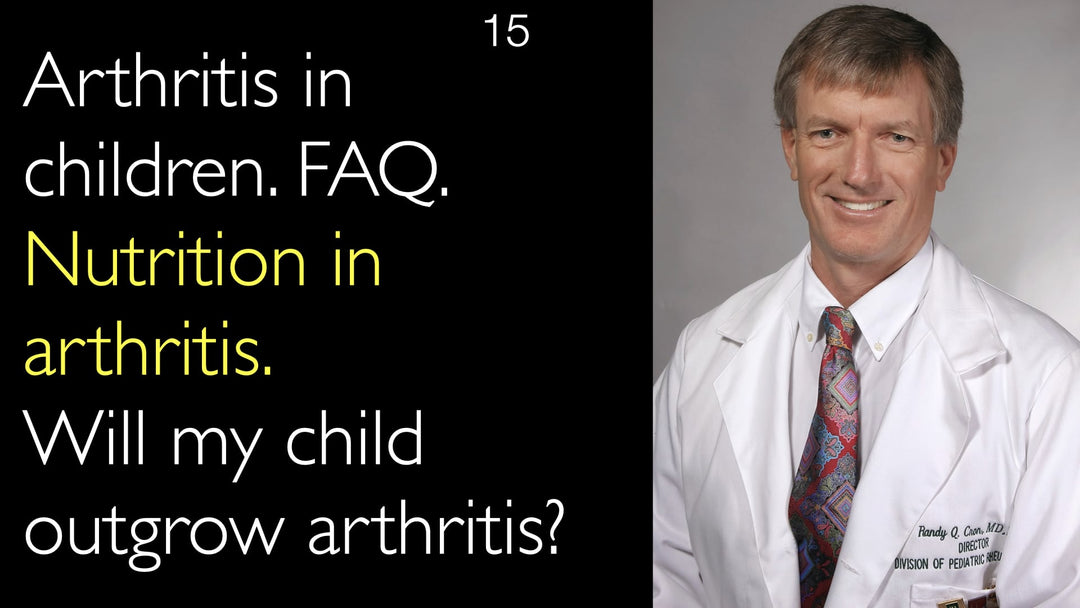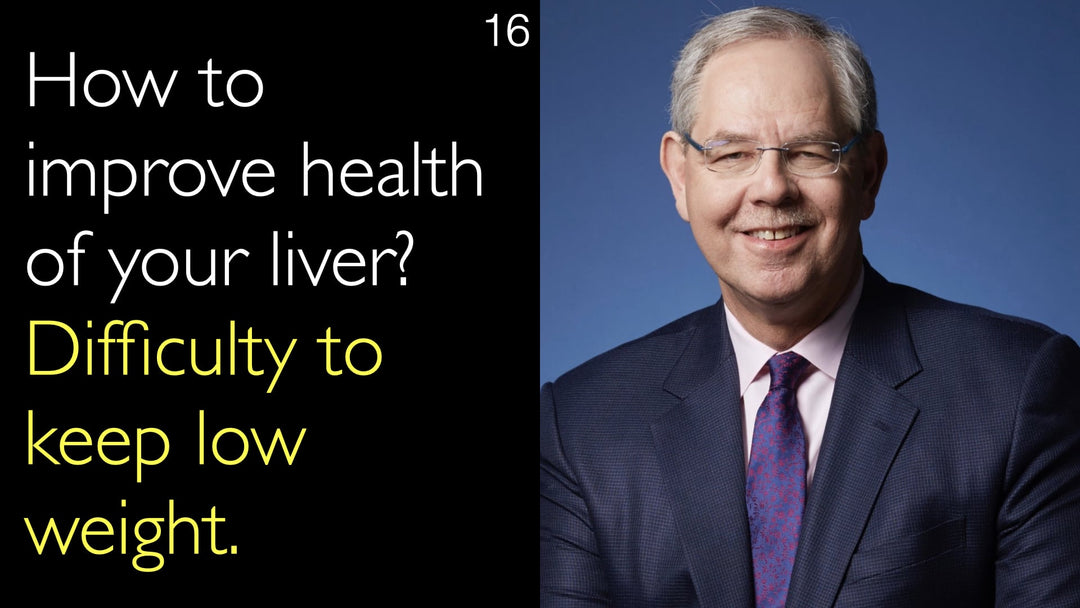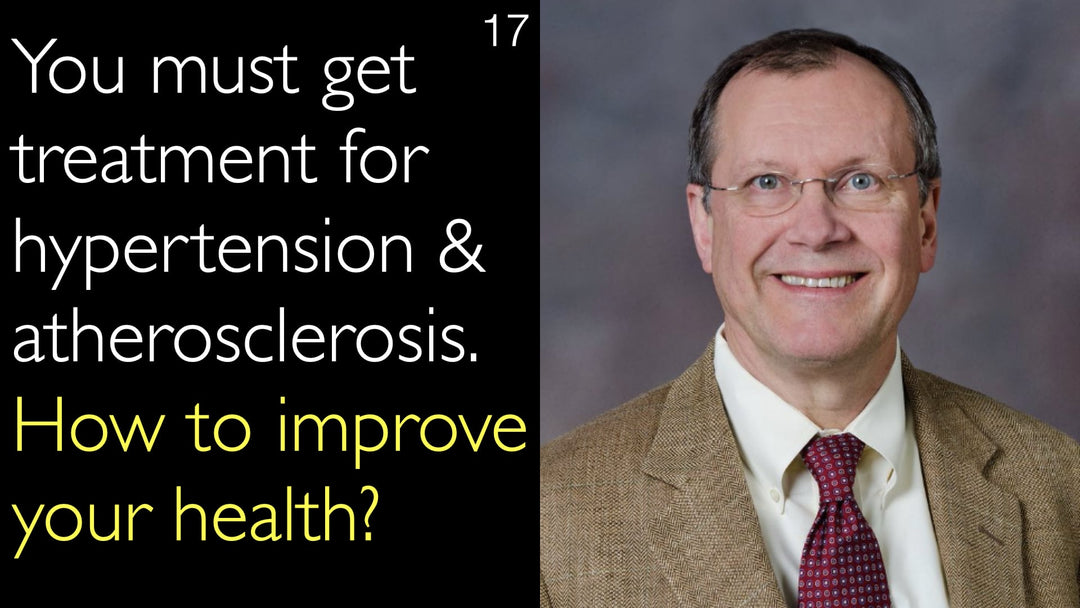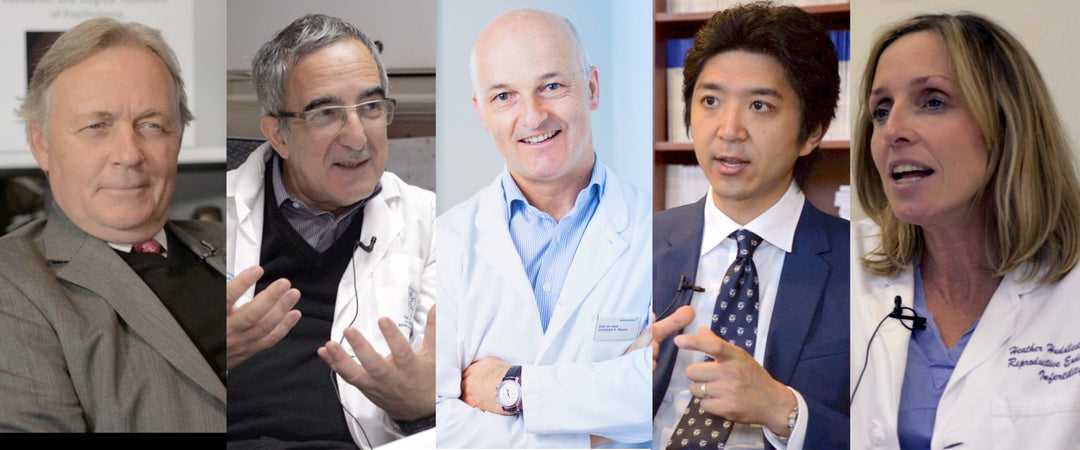Leading expert in emergency medicine, Dr. Sam Shen, MD, explains the key differences between the U.S. and European emergency medical systems. He details the "scoop and run" approach used in the United States versus the "stay and play" model common in Europe. Dr. Sam Shen, MD, highlights the advantages of the U.S. system for time-sensitive conditions like trauma, heart attacks, and strokes. He emphasizes the critical role of dedicated Emergency Departments and specially trained physicians in providing rapid, comprehensive care for undifferentiated medical problems.
Comparing Emergency Medical Systems: Scoop and Run vs. Stay and Play
Jump To Section
- US Emergency Medicine System
- Role of Emergency Departments
- Advantages of Specialized Care
- Anglo-American vs. Franco-German Models
- Time-Sensitive Emergency Conditions
- Full Transcript
US Emergency Medicine System
The US emergency medicine system operates on a "scoop and run" or "load and go" principle. When a person dials 911, a dispatcher coordinates the response, often through a contracted ambulance service. These Emergency Medical Services (EMS) can be private, government-run, or volunteer-based. The primary goal is to stabilize the patient at the scene and then transport them to a hospital Emergency Department as quickly as possible for a higher level of care.
Dr. Sam Shen, MD, explains that this system is designed for rapid response. Emergency Medical Technicians (EMTs) and paramedics are trained to perform critical, life-saving maneuvers. These include CPR, Advanced Cardiac Life Support (ACLS), and intubation. However, their interventions are focused on doing the minimally necessary to ensure a patient's safe transport to the definitive care setting—the hospital.
Role of Emergency Departments
A dedicated Emergency Department is the cornerstone of the US emergency medicine model. This is where patients with undifferentiated medical problems receive comprehensive evaluation. Dr. Sam Shen, MD, notes that before Emergency Medicine became a dedicated specialty 40 years ago, care was provided by physicians from various backgrounds. The creation of the specialty ensured that acutely ill patients are seen by doctors with the specific skills and broad experience needed for initial diagnosis and treatment.
Dr. Anton Titov, MD, and Dr. Shen discuss how this system is particularly effective for conditions like chest pain. An Emergency Department has the resources to manage all potential causes, from a heart attack to a gastrointestinal issue. This prevents a patient from being misdirected to a specialist department, like cardiology, for a non-cardiac problem, ensuring they receive appropriate care from the start.
Advantages of Specialized Care
The specialized training of emergency medicine physicians provides significant advantages for patient care. These doctors are comfortable diagnosing and treating a vast array of acute medical problems as they first present. Dr. Sam Shen, MD, states that this focused specialty has led to faster, more comprehensive, and higher-quality care for acutely ill patients.
This system benefits patients by centralizing resources and expertise. Instead of attempting to provide extensive diagnostic care in an uncontrolled environment like a home or roadside, the strategy is to bring the patient to the experts. This centralized approach allows for appropriate triage and a more accurate assessment of conditions that are not yet certain.
Anglo-American vs. Franco-German Models
The US system represents the Anglo-American model of emergency medical care, characterized by the "scoop and run" strategy. In contrast, the European, or Franco-German, model is often described as "stay and play." This approach involves physicians providing more extended medical care at the scene of an accident or in a patient's home before transport.
Dr. Sam Shen, MD, provides insight into the US perspective, where the goal remains rapid transport. The controversy often lies in determining what interventions and how much care should be provided at the scene versus en route to the hospital. The US philosophy prioritizes getting the patient to the most controlled environment with the maximum resources as the ultimate life-saving maneuver.
Time-Sensitive Emergency Conditions
The "scoop and run" model offers a distinct advantage for time-sensitive emergency conditions. Dr. Sam Shen, MD, emphasizes that many critical emergencies are inherently time-sensitive. For patients experiencing major trauma, a heart attack, or a stroke, minutes saved in transport to a hospital can directly impact survival and recovery outcomes.
The hospital environment provides a level of control and access to resources that is impossible to replicate in the field. This includes advanced imaging, a full pharmacy, blood bank capabilities, and immediate access to a wide range of medical and surgical specialists. Dr. Anton Titov, MD, and Dr. Shen conclude that for these critical cases, the speed and resources of the US system provide a significant benefit to patient care.
Full Transcript
Dr. Anton Titov, MD: Leading emergency medicine expert compares the U.S. emergency medicine system with the European emergency medicine system. "Load and go" and "scoop and run" or "stay and play"? Does the U.S. emergency medicine system have an advantage over the European emergency medicine system? Is it better to transport a patient to a big hospital as soon as possible? Is it better to provide medical treatment at the place of accident or emergency?
The U.S. vs. European emergency medicine system: Anglo-American vs. Franco-German emergency medical services system. Video interview with a top expert in emergency medicine. The US emergency medical system is defined by a "load and go" or "scoop and run" strategy. Patients are stabilized at the scene of an accident or emergency. Then the goal is to get the patient as fast as possible to the emergency department of a hospital. This works best in trauma, heart attacks, and strokes.
The European emergency medicine system is "stay and play." Significant medical care is provided to the patient at the place of accident or emergency. Medical second opinion helps to make sure the preliminary diagnosis is correct and complete. Medical second opinion also helps to choose the best treatment for health problems that can become emergencies at any time. Obtain a medical second opinion to avoid an emergency room visit.
Emergency medical treatment system in the US: Anglo-American vs. Franco-German emergency medical services system.
Dr. Anton Titov, MD: How does the emergency medical system work in the United States? What happens after a person dials an emergency telephone number? (911 in the United States)
Dr. Sam Shen, MD: Sometimes the patient calls 911. The phone call is received by a dispatcher. The dispatcher transfers the call to an outside contracted ambulance service. Then the ambulance service will bring the patient from home to the emergency department of a hospital.
Ambulance services, emergency medical services, can be private or government-run or volunteer-based. These are the most common models of organization of ambulance services in the US. The goal of ambulance service is to stabilize a patient. Then get a patient to a higher level of medical care as quickly as possible. This higher level of care is the emergency medicine department of the hospital.
Dr. Anton Titov, MD: In the United States, when a person complains of chest pain, this person phones the 911 number. An ambulance arrives and emergency medical technicians (EMTs) come and bring this person to the emergency medicine department of the hospital. In this dedicated emergency department, physicians are specially trained in emergency medicine. They evaluate and treat the patient. What are the advantages of such a system of emergency medical care? What are the challenges that such a system faces?
Dr. Sam Shen, MD: There are advantages to having a specialty of medicine. It is focused and dedicated to evaluating this particular type of patient. Forty years ago, emergency medicine did not exist as a dedicated specialty of medicine. Physicians who would take care of patients in the emergency room section of the hospital had different backgrounds. They could be generalist doctors or specialist doctors.
The creation of a dedicated emergency medicine specialty made sense. Because when a patient comes to the hospital, the medical problem is not differentiated. It is not known what is wrong with the patient. Physicians who take care of such a patient must have special skills and very broad experience to evaluate and treat acute emergency medical problems.
Such a physician must be comfortable to diagnose and treat a large number of medical problems when they initially appear in acutely ill patients. This approach warranted the creation of a dedicated specialty of emergency medicine. In our opinion, the emergency medicine field has benefited patients. To have a dedicated emergency medicine specialty helped to provide faster and more comprehensive medical care to patients. It also helps to improve the quality of care for acutely ill patients.
Dr. Anton Titov, MD: Let's continue to use the example of a patient with chest pain. Chest pain is not necessarily caused by a heart problem. If a physician evaluates a patient with chest pain at home, there are no sophisticated tools to identify all possible reasons for chest pain. In the absence of an emergency medicine department in the hospital, the physician who evaluates a patient at home has to decide which department of the hospital this patient needs to go to. The cardiology department might not be the best place for this patient if chest pain has a cause other than a heart problem. In the US, this patient is admitted to the emergency department, where specially trained physicians determine the cause of chest pain of such a patient.
Dr. Sam Shen, MD: Yes, and that is a good example. Sometimes someone presents with pain in the chest area; it doesn't necessarily mean a heart attack. A lot of different causes can cause chest pain. A dedicated emergency department is a place that allows you to manage all the different possibilities for diagnosis. It gives that patient the best chance to have a correct diagnosis and appropriate treatment.
Sometimes chest pain is caused by a heart attack; this is a very urgent situation. The emergency department has all resources and structure to manage a heart attack. But if it is not a heart attack, if something else causes this patient's chest pain, then the emergency medicine physician has the breadth of knowledge and resources of the emergency department to make a correct diagnosis.
For example, if the chest pain is caused by a gastrointestinal problem, then in the absence of an emergency department, the person who is admitted to the cardiology department is at the wrong place to receive the best care for a gastrointestinal problem. The emergency medicine department system in the United States allows appropriate triage and assessment of patients with problems that are not yet diagnosed with certainty.
Dr. Anton Titov, MD: Should a person be treated for a more extended period of time at home or outside of a hospital? Or should a person with a medical problem be brought to the hospital as soon as possible? This is an important strategic choice between different models of emergency care.
One system of emergency medical care is known as the Anglo-American emergency medical care system. It is defined by the strategy to bring a patient as soon as possible to a dedicated emergency medicine department within a hospital. This model of emergency medical care is known as "load and go" or "scoop and run."
Another approach to an emergency medical situation is known as the Franco-German emergency medical care model. It is often called "stay and play." Under the Franco-German model of emergency medical services, physicians provide extended care at the place of accident or at a patient's home. How can you compare Anglo-American and Franco-German models of emergency medical care? Which system is more effective for patients?
Dr. Sam Shen, MD: Yes, I can certainly speak to the US system of emergency medical care. This is the first model that you described (Anglo-American model of emergency medical care). The goal of US emergency medical care is to quickly get the patient to the emergency department. But emergency paramedics receive extensive training. They have skills and can do a wide variety of life-saving maneuvers. For example, CPR and Advanced Cardiac Life Support (ACLS), or intubation.
Although their goal is to get the patients quickly to the hospital, emergency technicians perform life-saving procedures at the scene of an accident or at a patient's home. However, the principle of the US emergency medical system is to do what is the most minimally necessary to allow safe transport of that patient to the emergency department of a hospital.
There are some controversies about what interventions and how much care emergency medical personnel should do at the scene. But many emergency medical conditions are very time-sensitive by nature. The goal of emergency medical services is to get the patient to the hospital as fast as possible. The hospital is the place with the most controlled environment with the maximum amount of resources and specialists. This is especially important for heart attacks, strokes, and trauma.
The U.S. vs. European emergency medicine system. Video interview with a top emergency medicine expert. Scoop and run or stay and play? US emergency medicine.







